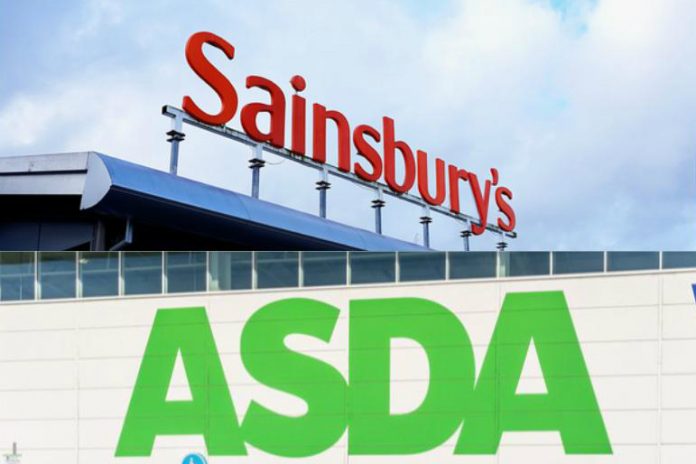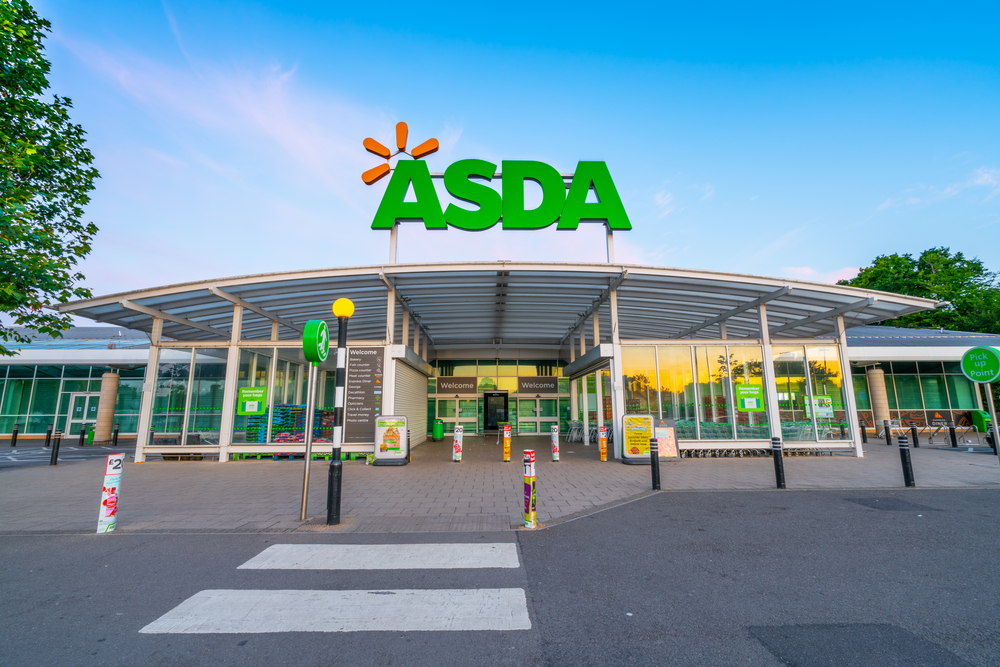Sainsbury’s addressed investors this morning by releasing a statement that revealed more details of the potential tie-up with Asda.
Despite its intentions, this created more questions than it did offer answers. Following the recent media storm, the Retail Gazette takes a look at what is known for certain far, and what big questions still remain.
Is the merger likely to go ahead?
Though the Sainsbury’s and Asda have agreed terms over the proposed deal, the Competition and Markets Authority (CMA) has the power to stop it going ahead should it conclude that the merger would represent “a potential reduction in competition” in the UK’s grocery market.
Speculation has been rife over whether the CMA is likely to give the green light, halt the deal altogether or impose significant caveats in order to allow it to go ahead.
Sainsbury’s chief executive Mike Coupe, who would lead the newly-merged company, has reportedly asked the CMA to fast-track its investigation. This is due to be completed in the second half of 2019.
“If a potential reduction in competition is identified, it would be referred for an in-depth, phase 2 investigation lasting up to 24 weeks – unless the merging parties offered immediate proposals to address any competition concerns identified,” the CMA said.
Edison Investment Research analyst Paul Hickman said: “The CMA has first to make a decision whether the merger of the number two and three operators each having around 16 per cent of the market is itself intrinsically anti-competitive.
“The decision here is complicated by the fact that Tesco already has about 28 per cent of it, nearly twice as much as either.
“Which is worse: to allow Tesco to continue with this level of market dominance, or to create a near-duopoly, with two leading players owning 60 per cent of the market and each having nearly three times the market of the next player (Morrison’s with 10 per cent)?
“We would expect that the authority would not wish to stifle market forces to the extent of inhibiting the likely wave of mergers that would necessarily follow this one.”
Independent retail analyst Nick Bubb believes the deal is likely to go ahead, but will require the Sainsbury’s and Asda to sell stores that overlap.
“Today’s merger news would have been unthinkable a couple of years ago, but the bizarre decision last year by the CMA to give the Tesco-Booker deal the go-ahead without any divestments inevitably opened the path to more sector consolidation,” he said.
“We therefore think that there’s a pretty good chance the CMA will allow the merger to proceed in the end, but there will be a lot of arguing about local catchment overlaps, and the main debate is how many stores Sainsbury’s-Asda will have to promise to sell to placate the CMA.”
Peel Hunt’s head of research Charles Hall wasn’t so optimistic.
“While the Sainsbury’s-Asda merger might look good on paper, we see no chance of it getting through the CMA without a major dismemberment of the combined business,” he said.
“This will only be possible if there is an acquirer for a significant proportion of the business, and Morrisons is the only acquirer that makes sense. This would take the Big 4 down to 3, which looks highly unlikely to get through the CMA.”
Who will be the dominant partner and who stands to gain more?
Right now, it looks as if Sainsbury’s will take the lead in the partnership, despite being valued at £5.9 billion compared to Asda’s £7.3 billion.
Sainsbury’s boss Mike Coupe is due to helm the new project, with Asda’s US-based owner Walmart acquiring a 42 per cent stake in the combined business.
Asda would not hold more than 29.9 per cent of the voting rights and will two have non-executive director seats on the board.
Sainsbury’s will also see its £1.8 billion debt pile cut in the deal and will enjoy a pension-free balance sheet from Asda.
Cavendish Corporate Finance’s partner Jonathan Buxton said: “Asda has for a while been the poorest performer of the Big 4 supermarket retailers, seemingly hardest hit by the rise of Aldi and Lidl and in need of a new approach to revitalise the business.
“Sainsbury’s is searching for ways to bolster its market position following Tesco’s recent takeover of Booker, the UK’s biggest grocery wholesaler, which substantially increased Tesco’s buying power and competitive position.”
GlobalData’s retail analyst Thomas Brereton believes deal is a defensive move from both parties, safeguarding against both smaller discounters and larger rivals.
“The UK market responded confidently with the J Sainsbury plc (set to be the titleholder of the new body) share price leaping 15.3% at time of writing,” he said.
“The merger is surely a defensive one – what with Asda’s price-orientated proposition under heavy fire following the success of discounters Aldi and Lidl, and Sainsbury’s mid-market premium position being slowly squeezed by the dominance of Tesco.
“The two grocery giants will see a merger as a quick way to improve both UK coverage and allow for lower prices through buying-benefit synergies.”
What will change from a consumer perspective?
It is understood that both retailers will retain their respective brands and continue to trade as such, but details on how this will work are thin.
What’s clearer is that Sainsbury’s has announced heavy investment into its tech arm, which is likely to result in Argos concessions being rolled out across Asda’s large store spaces fairly quickly.
The pair have also pledged to invest the estimated £500 million it will make in cost savings from the deal into lowering shop prices, estimating an average 10 per cent drop in the price of everyday products.
Asda’s chief executive Roger Burnley said: “Asda will continue to be Asda, but by coming together with Sainsbury’s, supported by Walmart, we can further accelerate our existing strategy and make our offer even more compelling and competitive.”
Managing director of AlixPartners Sanjay Bailur added: “While consumers may benefit, it will spark even more intense price competition across multiple sectors including grocery, convenience and general merchandise.
“The massive increase in sourcing scale will result in even more pressures on food producers and manufacturers who will need to find new ways of staying viable.”
Will there be store closures or job losses?
Coupe said outright in his statement this morning that the deal would not see any stores closed or any jobs lost.
In fact, the pair said in a joint statement that employees would enjoy “more opportunities within our stronger group”.
Not everyone agrees, with some highlighting that the CMA is likely to demand store closures in areas where an Asda and Sainsbury’s are in close proximity.
Edison Investment Research’s analyst Paul Hickman said: “The CMA often uses a local test of proximity based on one mile, or five minutes’ drive time.
“We estimate that around 70 of Asda’s 630-odd stores are located within a mile of one of Sainsbury 1400 outlets. Hence local adjustments to the proposed deal could be significant.”
READ MORE:
Globaldata’s Thomas Brereton added: “The recently approved Tesco-Booker deal and the Co-op’s £135 million takeover of Nisa will provide hope to Sainsbury’s that the CMA will view further market consolidation with leniency; but the promise of no store closures post-merger directly contradicts normal retail spacing practice – at least 75 Asda stores are within the same postcode sector as existing Sainsbury’s stores, with a further 223 in the same postcode district.”
Even if no stores are to close, the shakeup is set to affect 33,000 staff – but details of how this might look are yet to surface.
Workers’ union GMB’s general secretary Tim Roache said: “It remains to be seen if this ‘supermarket sweepstake’ is the real deal or a bargain basement ready meal.
“Hundreds of thousands of workers stand to be affected, and all know such announcements tend to be followed by management speak like ‘rationalisation’ in the name of ‘efficiency’.
“What that usually means is job losses or cuts to pay, terms and conditions which would be wholly unacceptable.”
Click here to sign up to Retail Gazette‘s free daily email newsletter


















